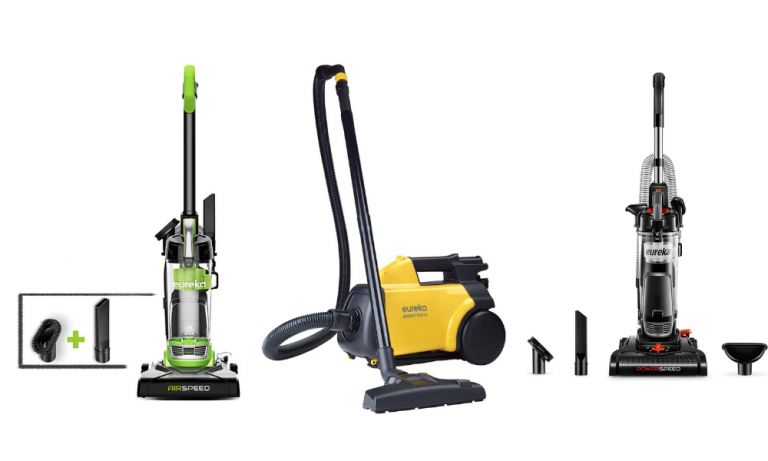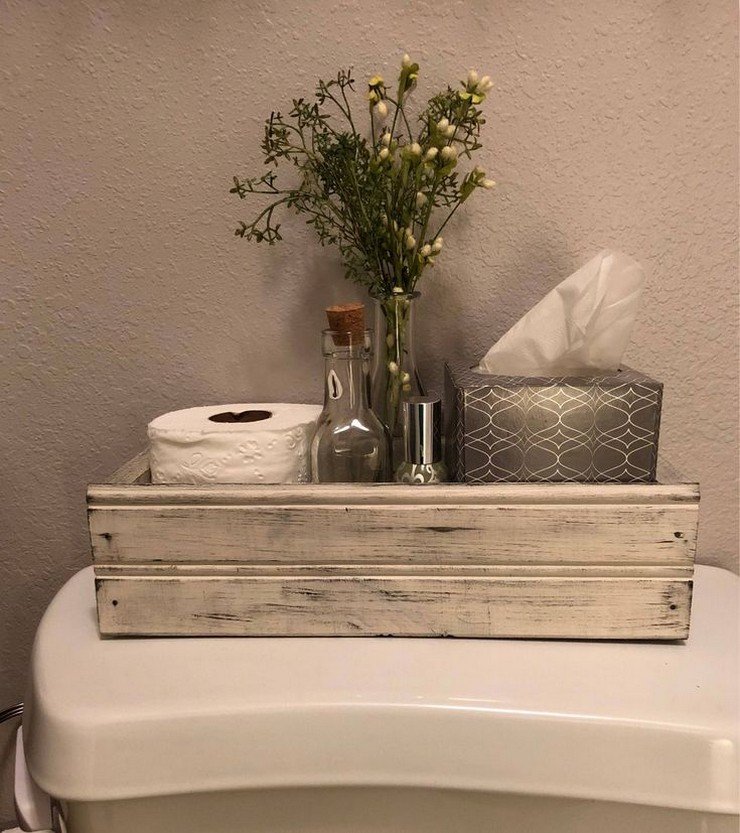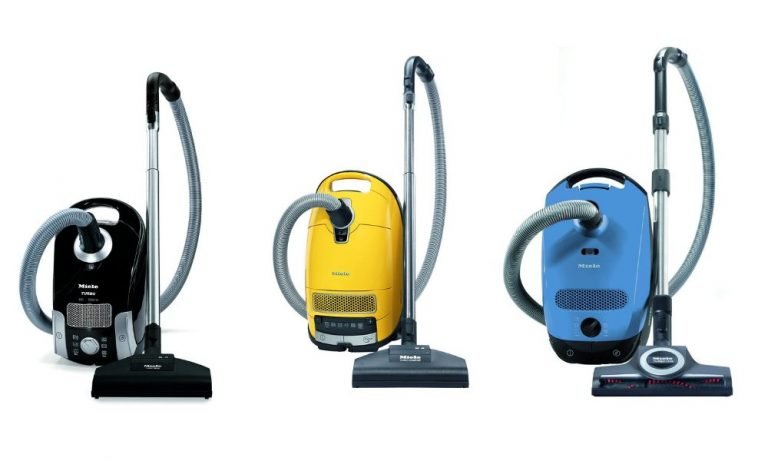Owens Corning 703 Review – For Perfect Sound Insulation

Owens Corning 703 is a very popular material that is used to acoustically treat a studio, control room or listening room to better absorb sound. It is usually covered with some fabric and then mounted onto the walls and ceilings of such rooms. Owens Corning 703 is made up of inorganic glass fibers that are layered into sheets and bound with a thermosetting resin binder.
The binder makes the board rigid, allowing it to maintain its shape while also keeping the board lightweight. They are available in 2ft x 4ft and 4ft x 8ft panels. The Owens Corning 703 has a density of 3pcf which makes it ideal for use in HVAC and acoustic industries.
Owens Corning 703 Review
When used to treat studios, the Owens Corning 703 is used as the main sound and noise insulator for walls and ceilings. The acoustic panels are typically made with wood or metal frames with fiberglass panels inside which are then wrapped in an acoustically transparent cloth.
They can also be used to make bass traps that are placed in the corners of rooms to absorb the lower frequencies. These panels are very good when used to treat rooms like studios, performance halls, auditoriums, and other such places where there should be no acoustic interference.
Owens Corning Sound Insulation – What You Should Know?

The Owens Corning 703 Fiberglass is used in a number of sound insulation applications. The board comes in two thicknesses, one inch and two inches. The one-inch variant has a noise reduction coefficient (NRC) of 0.70 while the two-inch variant has an NRC of 1.05. These panels are extremely adept at absorbing mid to high frequencies.
The Owens 703 Fiberglass can also be used in the HVAC industry as it is inexpensive while still being very efficient at insulating air ducts. The fiberglass can withstand temperatures of 0F all the way up to 450F.
The board’s rigidity also helps it withstand mechanical abuse and also helps to retain its structural integrity. The 703’s ASJ and ASJ Max variants are ones that are used in HVAC as they are covered with a special polymer coating that makes these panels more water-resistant than their standard counterparts.
The Max version is also supposedly 80% tougher than the regular ASJ and it also does not stain as much. The Owen Corning 703 FRK is also another such variant which is used in HVAC for interior and exterior ductwork. The 703 FRK allows for better adhesion and also has a vapor barrier when sealed with the FRK seal tape.
Owens Corning 703
- 6 Pack of 24" x 48" x 2" unfaced Owens Corning 703 semi-rigid fiberglass insulation boards
- Features a Heat Resistance R-Value of 8.7 to reduce heat transfer and lower operating costs
- Features a Noise Reduction Coefficient (NRC) of 1.0 for superior sound absorption
- Fire Rated Class A or Class 1 per ASTM E84 for industry standard construction, professional studios, and DIY applications
- 2 inch fiberglass insulation boards are certified to contain an average of 53% recycled glass content
Owens Corning 703 vs Owens Corning 705
The Owens Corning 705 is the upgraded model of the Owens Corning 703. The 705 fiberglass panels are denser than the 703s, boasting a density of 6pcf compared to the 703’s 3pcf. The 705 has the same applications as the 703 as it is used to acoustically treat rooms as well, being used often in professional studios and performance halls.
The 705 is denser than the 703 which ends up giving it an edge when it comes to the one-inch-thick panels. The 703 panels have an NRC of 0.70 while the 705 panels have an NRC of 0.95. The performance of the 2-inch panels is a different story though.
Owens Corning 705 – How Does It Compare?
The denser design of the 705 would intuitively make them better than the 703, but the 703 outperforms its thicker counterpart when it comes to 2-inch panels in absorbing mid to high frequencies. The 703 has a noise reduction coefficient of 1.05 while the 705 has an NRC of 1.00. However, this is only half the story as the tests only show the absorption of sound above the 100hz frequency.
This is why it seems like the 703 would have better absorption than the 705. However, where 705 panels excel at is the absorption of lower frequencies due to their high density. Hence, the 705s are a better bass trap than the 703s while simultaneously being excellent sound insulators. The 705 panels are a more premium product and usually go for around $30-$35 more than the 703 panels.
Owens Corning 705
Owens Corning 703 Vs Rockwool RXL40
The Rockwool RXL40 is sound insulating panels similar to the Owens Corning 703. They are also used for the acoustic treatment of studios. Their one-inch panels are very dense, denser than their 2-inch panels. They have a density of 7.4pcf and have an NRC of 0.80 which is better than the 0.70 noise reduction coefficient of the 703.
Their high density also makes them an overall better choice than the 703’s one-inch panels. The RXL40’s 2-inch panels have a density of 4pcf, which is denser than the 703 but less than the RXL40’s one-inch panels. The RXL40 panels have a noise reduction coefficient of 1.00.
Though the 703 panels outperform them in the mid and higher frequencies, the RXL40 like the 705 panels have better bass absorption while not lagging behind the 703 panels in the mid to high frequencies.
Rockwool RXL40
- Mineral Wool Insulation in 6 pounds per cubic foot density.
- Great as Acoustic insulation or as a soundproofing material
- Very High NRC Rating, better than Owens Corning 703
- Water repelling - hydrophobic- Class A fire rating
- Perfect for making acoustic panels and bass traps
This makes them a superior product compared to the 703 but they are also more expensive than the 703. The 703 are better when it comes to value but the RXL40 panels have superior performance.
Where To Buy Owens Corning 703?
The Owens Corning 703 fiberglass is a very popular choice among people who want to make DIY soundproofing panels and professionals alike. They are very good at absorbing sound and reducing echoes which makes them ideal for studio settings.
They are also very cheap when compared to some other products that offer similar performance, often being $30 to $40 cheaper at a per panel rate. They are most often priced at $60-$68 per panel however the prices may drop during the year depending on sales and offers.
These acoustic panels are very easy to recommend to anyone as they are both easy on the wallet and good at doing their required job. It is just not possible to go wrong with the Owens Corning 703 fiberglass. CHECK LATEST PRICE ON AMAZON.COM






![Best Runner Rugs – [Buying Guide]](https://relentlesshome.com/wp-content/uploads/2019/11/Small-Apartment-Decorating-Ideas-15-768x1152.jpg)

